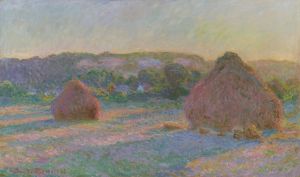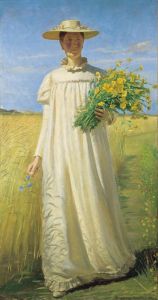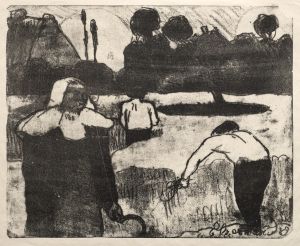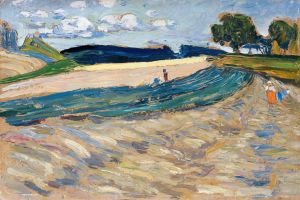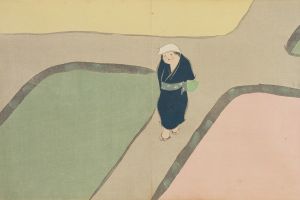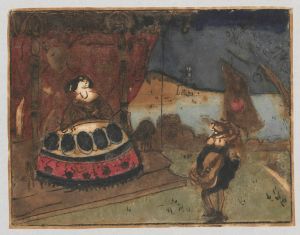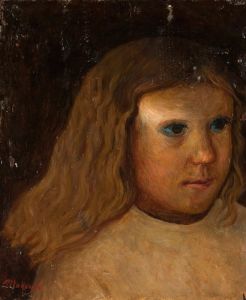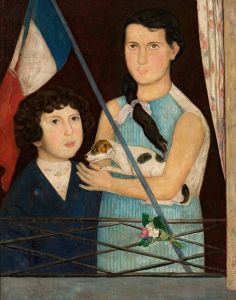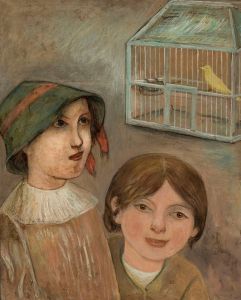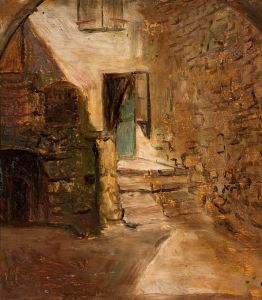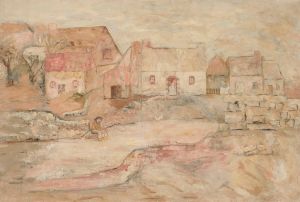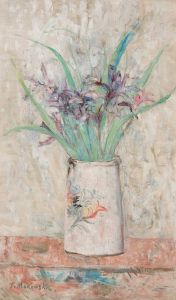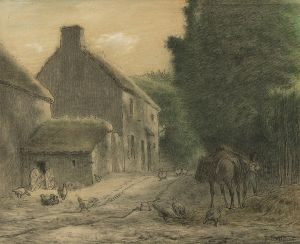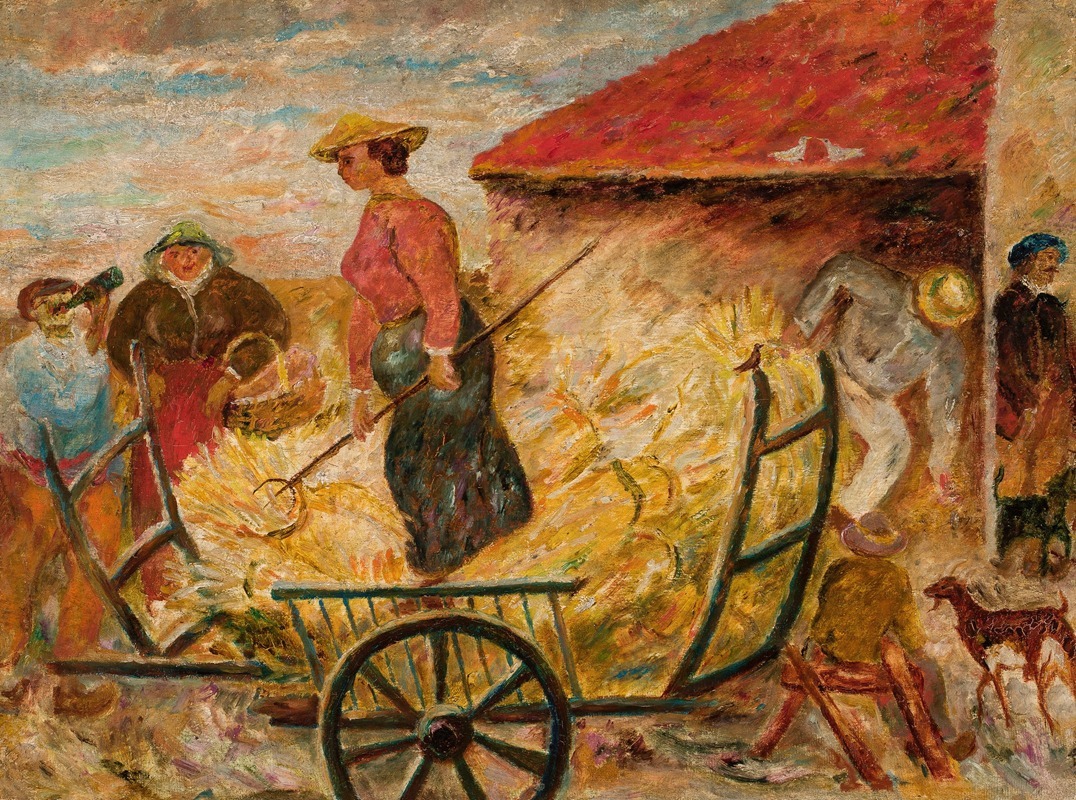
Zwożenie zboża
A hand-painted replica of Tadeusz Makowski’s masterpiece Zwożenie zboża, meticulously crafted by professional artists to capture the true essence of the original. Each piece is created with museum-quality canvas and rare mineral pigments, carefully painted by experienced artists with delicate brushstrokes and rich, layered colors to perfectly recreate the texture of the original artwork. Unlike machine-printed reproductions, this hand-painted version brings the painting to life, infused with the artist’s emotions and skill in every stroke. Whether for personal collection or home decoration, it instantly elevates the artistic atmosphere of any space.
Tadeusz Makowski was a Polish painter known for his unique style that combined elements of folk art, cubism, and symbolism. Born on January 29, 1882, in Oświęcim, Poland, Makowski initially studied philology at the Jagiellonian University in Kraków before pursuing art at the Academy of Fine Arts in Kraków under the tutelage of Józef Mehoffer and Jan Stanisławski. His early work was influenced by the Young Poland movement, which emphasized a return to folk traditions and symbolism.
Makowski moved to Paris in 1908, where he became acquainted with the avant-garde movements of the time, including cubism. His exposure to artists like Pablo Picasso and Georges Braque influenced his style, although Makowski maintained a distinct approach that often incorporated Polish folk themes and a sense of nostalgia. Despite living in France for most of his life, Makowski's work retained a strong connection to his Polish roots.
"Zwożenie zboża" is one of Makowski's notable works, although specific details about the painting, such as its creation date and current location, are not widely documented. The title translates to "Bringing in the Grain," suggesting a scene related to agricultural life, which aligns with Makowski's frequent exploration of rural and folk themes. His paintings often depicted scenes of everyday life, children, and rural landscapes, rendered in a style that combined geometric forms with a whimsical, almost childlike quality.
Makowski's work is characterized by its use of simplified forms and a muted color palette, often evoking a sense of innocence and nostalgia. He frequently depicted children, animals, and rural scenes, imbuing them with a sense of timelessness and universality. His style is noted for its blend of cubist influences and a personal, emotive quality that sets his work apart from his contemporaries.
Throughout his career, Makowski exhibited his work in various salons and galleries in Paris and Poland. He gained recognition for his unique artistic voice, which resonated with both Polish and international audiences. Despite the challenges of living through World War I and the interwar period, Makowski continued to produce art that reflected his inner world and the changing times.
Makowski passed away on November 1, 1932, in Paris, leaving behind a legacy of work that continues to be celebrated for its originality and emotional depth. His paintings are held in various collections, including the National Museum in Warsaw and the Musée National d'Art Moderne in Paris.
While specific information about "Zwożenie zboża" is limited, it is representative of Makowski's broader oeuvre, which captures the essence of Polish rural life through a modernist lens. His work remains an important part of Polish cultural heritage, offering insight into the country's artistic developments during the early 20th century.





